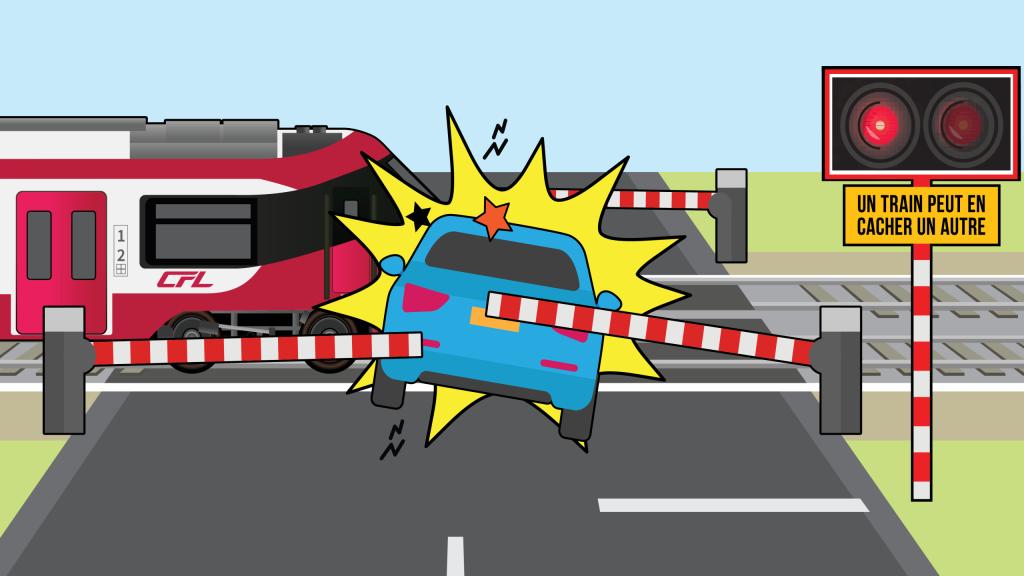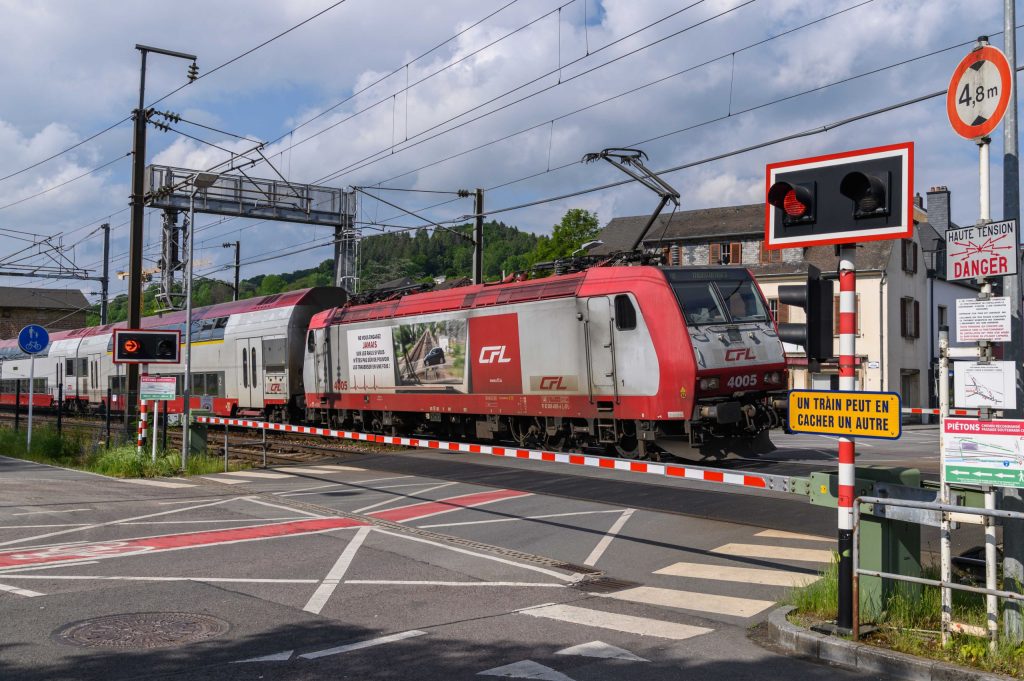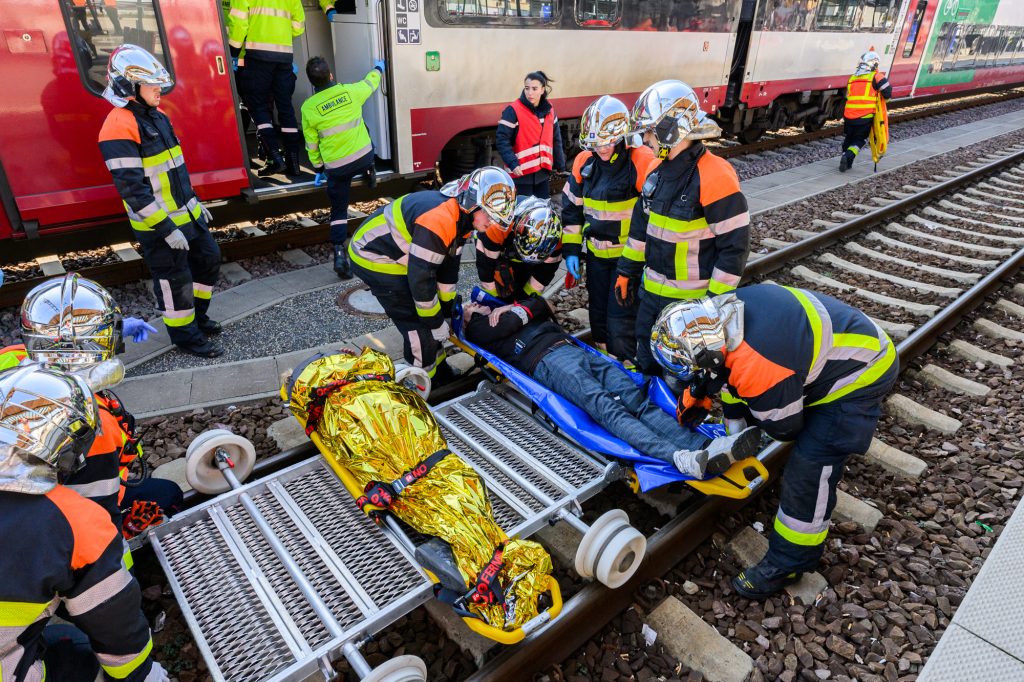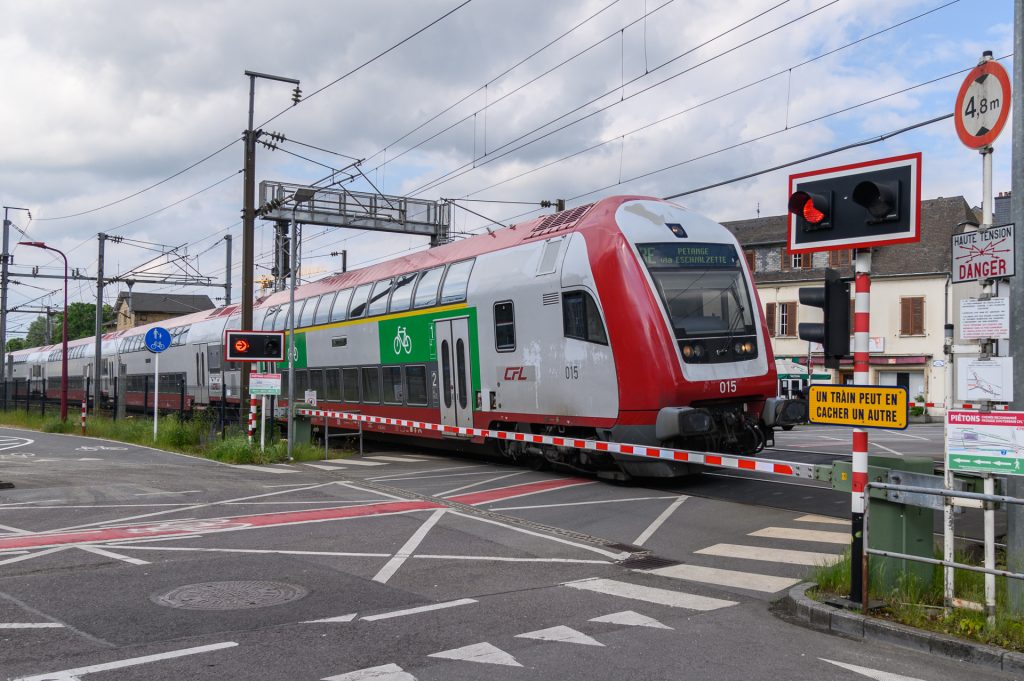
How do level crossings work?
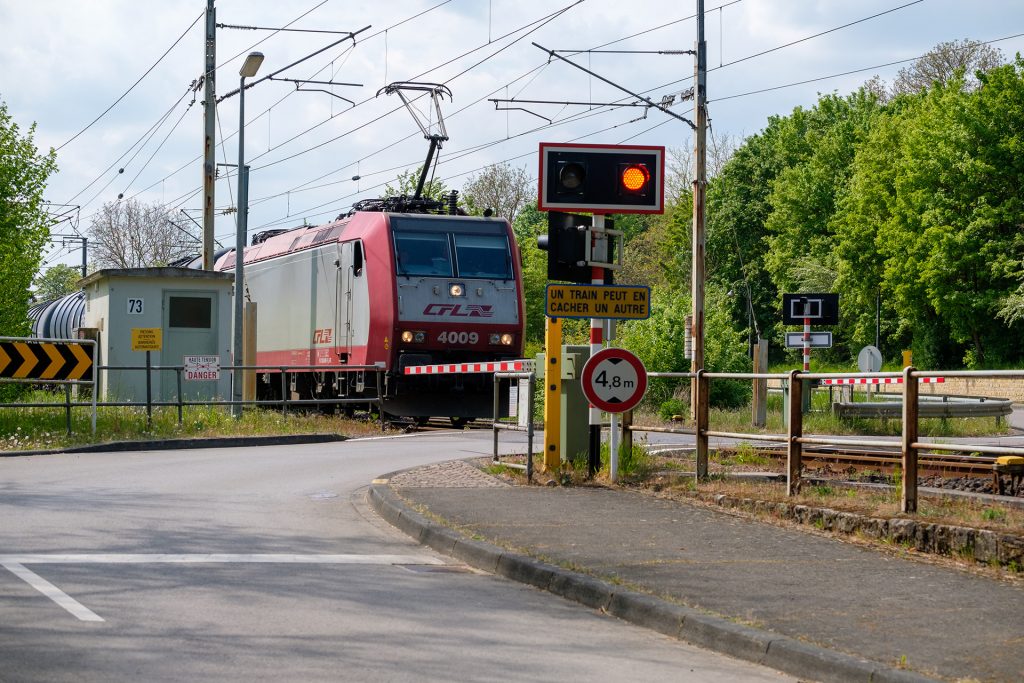
First of all, some rules at level crossings that save lives!
- Stop immediately or stop your vehicle immediately as soon as the red lights and/or the bell signal the closing of the barriers and announce a train.
- In the event of a traffic jam, you must stop in front of the open barriers until the level crossing is completely clear and then you can drive your car to the other side of the level crossing without danger.
A collision between a train and a road user is life-threatening for everyone involved, both on the rail and on the road.
Two different systems
A distinction must be made between two different systems for closing and opening the barriers, specifically the automatic system and the signal system.
The automatically controlled barrier system
- The automatically controlled barrier detects the train by induction loops;
- Two first induction loops are located in front of the level crossing and detect the approaching train;
- The location of the induction loops is calculated according to the maximum speed allowed;
- Generally, the induction loops are located approximately 1,000 metres before the level crossing;
- The loops detect the approach of the train and the barriers close automatically;
- The following loops open the barriers when the train passes these detectors;
The automatic system, with which 65% of all barriers are equipped, optimises the closing and opening of the barriers, since the distance between the detectors is calculated so that it coincides with the maximum speed allowed for the trains.
To close, 4 automatically controlled half-barriers generally takes 39 seconds and 2 half-barriers 29 seconds. If the time taken for the train to pass and the barriers to open are added together, at least one minute passes before the level crossing is opened to road traffic and pedestrians.
The signal system
This system is used if the level crossing is located close to a station or stop, because the distance is not great enough to place the loop, which can identify the arrival of a train, behind the signal at the station and allow access to that section of line. The train can only enter if the signal is green (indicates that the track is free). For this to be the case, the gates must be fully closed.
